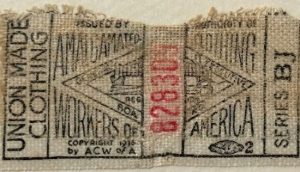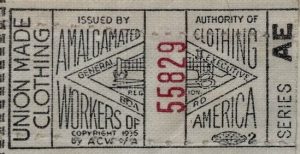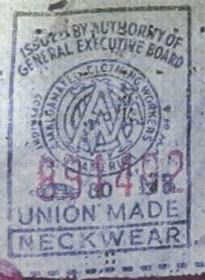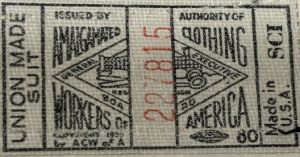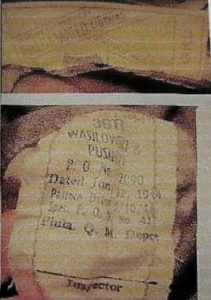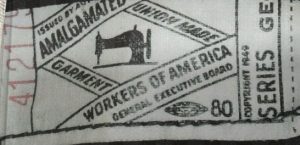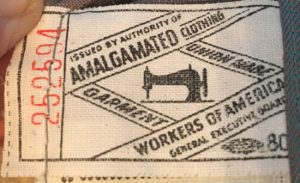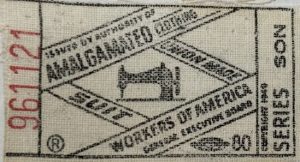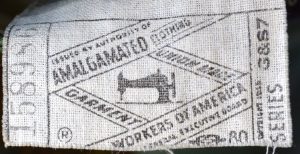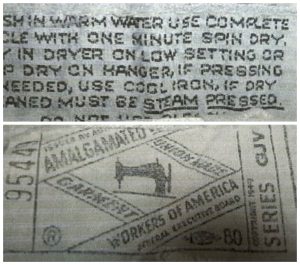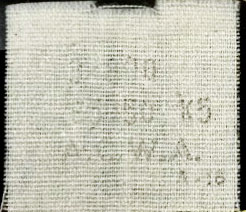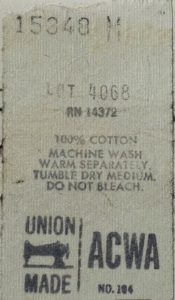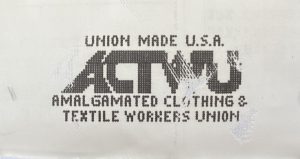As a breakaway movement from the United Garment Workers, the Amalgamated Textile Workers of America was founded in 1914. The catalyst was a bitter 1910 strike in Chicago, involving AFL United Garment Workers (UGW) and Hart Schaffner and Marx, their employer. The settlement negotiated by the UGW was not acceptable by many of the strikers and 45,000 garment workers city-wide walked off their jobs. By the 1914 UGW convention, 2/3 of the membership broke ties with the AFL’s UGW and formed the ACWA.
The ACWA grew rapidly under the leadership of Sidney Hillman, who was president for 30 years. By the 1920s, it became the predominant union manufacturing men’s clothing in the United States, operating in major textile-producing cities. The 1946 death of Hillman was a setback for the union, but it continued through the mid 1970s. The 1976 merger with the Textile Workers of America formed the the Amalgamated Clothing and Textile Workers Union, and in 1995 another merger (this time with the ILGWU) lead to the creation of UNITE.
See also Union Labels
